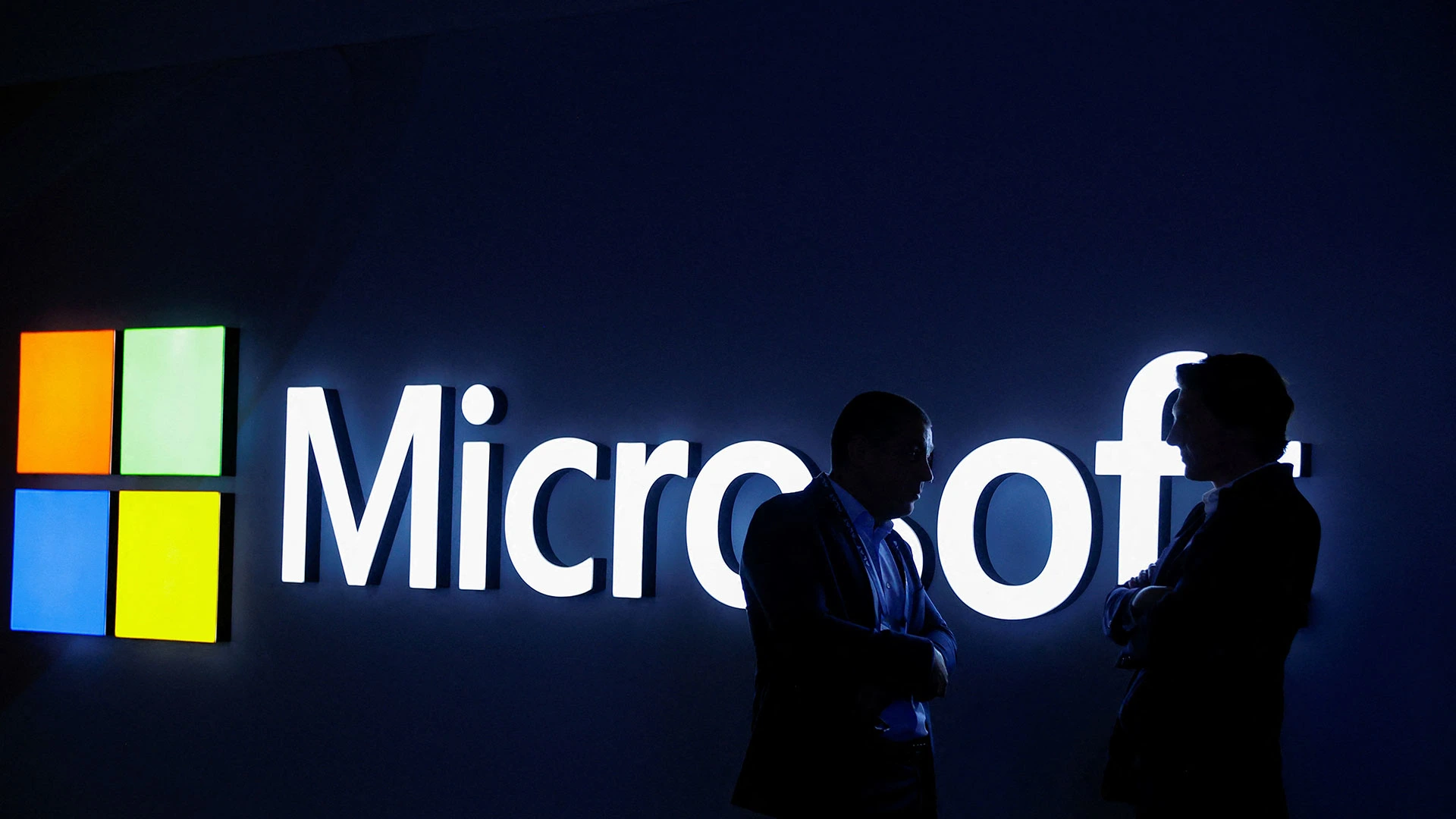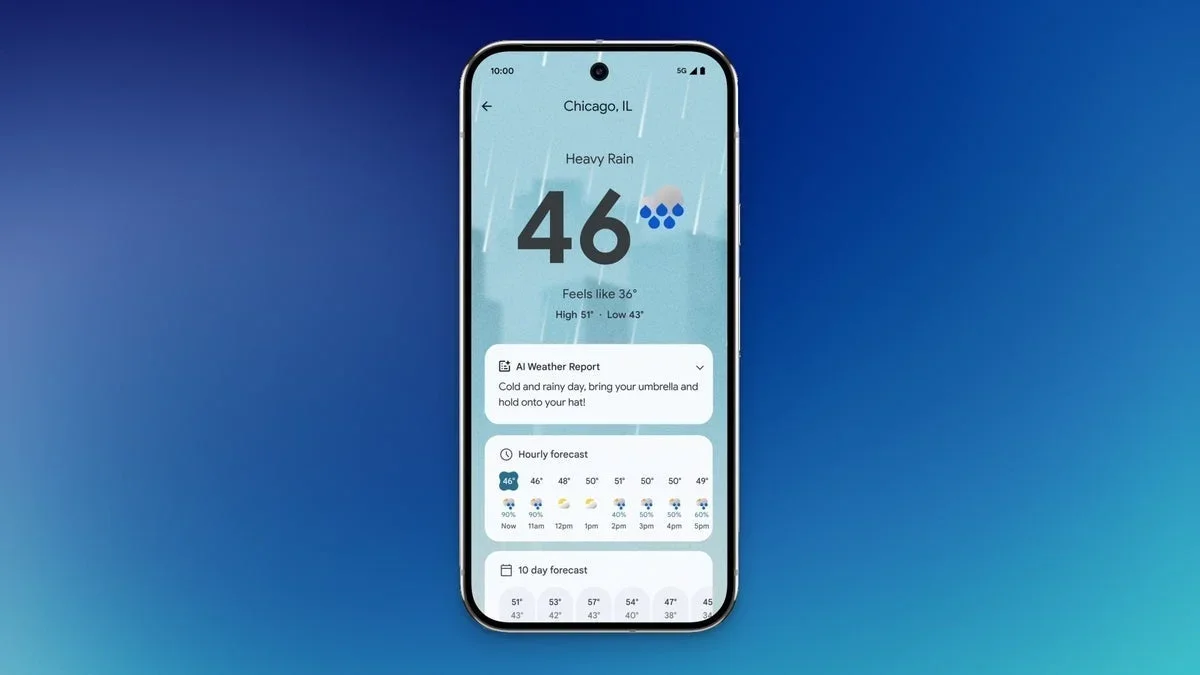Rack-mount servers seem like the best solution for a powerful homelab, right? That’s what I thought—but I was so wrong. I recently decommissioned two of my rack-mount servers in favor of a single desktop-based server, and it was the best change I’ve made to my homelab in years.
Why Do I Have Rack-Mount Servers in My Homelab Anyway?
I’ve been into homelabbing for a few years now, and the pinnacle of a homelab, to me, was having rack-mount servers. So, when the opportunity came up for me to get an old enterprise-grade server to use as a NAS, I jumped at it. That’s when the obsession began.
Rack-mount servers pose a few unique benefits to traditional desktops. For starters, they often have two CPU sockets, and they can typically handle much more RAM than normal computers. Also, a rack-mount server will, many times, have lots of storage options. My first server, for example, supports 12 3.5-inch hard drives.
Earlier this year, I had the opportunity to trade an old graphics card and motherboard for two more rack-mount servers. Combined, there’s 360GB of DDR3 ECC RAM between the two, and for $20 each, I upgraded the servers to 20-cores and 40-threads of aging Xeon power.
These rack-mount servers allowed me to run a plethora of homelab services, and I had convinced myself they were the only way to run a homelab—but I was wrong.
Rack-Mount Servers Are Ultra-Powerful, but Also Ultra-Power-Hungry
The great part about rack-mount servers is simply how powerful and capable they are. My three servers that I have are worth less than $1,000 USD, but have 424GB of DDR3 RAM between them, with 52 cores and 104 threads combined. The servers also gave me access to 24 3.5-inch bays and 16 2.5-inch bays, plus ample PCIe lanes thanks to the Xeon processors.
Needless to say, I loved the amount of power the servers had to offer for homelab services. However, all of that power comes at a cost: actual power use.
My first server sits at around 180W of power draw, but that’s worth it considering it’s running my NAS with Unraid. Network-attached storage servers use a good amount of power regardless of age because the drives themselves use up a lot of power. I’m totally fine with the power draw of my first server.
However, my other two servers used around 240W each because they had a more powerful processor and more RAM. This is fine if you need the resources that they offer, but it’s not always beneficial.
My two Dell servers added an extra $40 or more per month to my power bill. I eventually spun one of the servers down (it was a spare storage server), but it still cost over $20 per month for me to run the other server that ran my virtual machines, which is $240 per year. That’s actually low compared to what it’d cost to run that server elsewhere in the country, as I only pay around $0.11/kWh for power where I live.
The extra power and features that rack-mount servers come with is nice, but sadly comes with extra power draw which adds up fast.
Switching to a Desktop Form-Factor Saves Me Hundreds of Dollars per Year
After looking at the numbers, I knew something had to change. $240 per year was just too much for my virtual machine server. So, I decided to go a different route: a desktop. Because I’ve been in the PC game for a long time, I actually had a decommissioned gaming desktop sitting in the closet. It’s a newer system from reviewing gaming hardware, so it had pretty decent specs: a Z690 motherboard, 32GB of DDR4 RAM, four NVMe slots, and an i9-13900K.
While the desktop isn’t 20-core and 40-thread with 192GB of RAM, the i9-13900K offers plenty of power, and it was easy to upgrade from 32GB to 96GB of DDR4 RAM.
The main reason I wanted to switch to a desktop, however, was the power savings. From my calculations, it should only cost around $6 per month (or less, depending on the usage at the time) to run the desktop server. That means it’ll only cost around $72 per year to run the desktop, instead of the $240 per year the server costs.
I’m Not Losing Out on Anything by Switching, I’m Actually Gaining Quite a Bit
I was hesitant at first to switch from the rack-mount server to the desktop. I mean, I was losing out on lots of RAM, core count on the CPU, and storage ability. I thought I’d lose a lot and not be happy about it.
I found out that the desktop was actually way more powerful than the server after using it for a bit. I knew that it was newer and had better IPC (instructions per clock), but I didn’t realize how much that would translate to a faster virtual machine server at the end of the day.
I also now have access to a great integrated graphics card for transcoding. Before, I had a GTX 1650 in the Dell R720 server I was running. This alone was using up a good chunk of power, but the iGPU now steps into the same role my GTX 1650 did, just with less power draw.
While I did step down from 192GB of RAM to 96GB of RAM, the upgrade from DDR3 to DDR4 was a solid jump and allowed me to change up how much RAM each virtual machine was using.
The one thing I do miss from my rack-mount server is IPMI and remote KVM. IPMI is a management interface that happens over the network. It runs on a separate system from the main server and would allow me to issue power commands, check core services, and more from a web browser. Think BIOS, but web-accessible at all times.
The remote KVM made it so I could access the server as if I had a monitor and keyboard plugged in, but from a web browser (through IPMI). This allowed me to check the boot state of the server if it hung without having to drag out a monitor or keyboard.
I do miss those functions, but it’s easy enough to get around them with my portable monitor and a keyboard that I now keep by the server.

- Brand
-
Intel
- CPU Model
-
Core i9-14900K
Intel’s Core i9-14900K is the fastest CPU you can buy for LGA 1700 motherboards, boasting some of the fasting single-threaded, multi-threaded, and gaming performance today.
The move from rack-mount server to desktop was one I didn’t plan to make in 2025, but it’s one that I’m very glad I made. I ended up gaining extra power for my virtual machines while cutting my actual power usage by 75%.
The trade-offs from switching from a rack-mount to a desktop are well worth it to me, and I’ll be looking for even more ways to cut my power usage in my homelab as time goes on.












